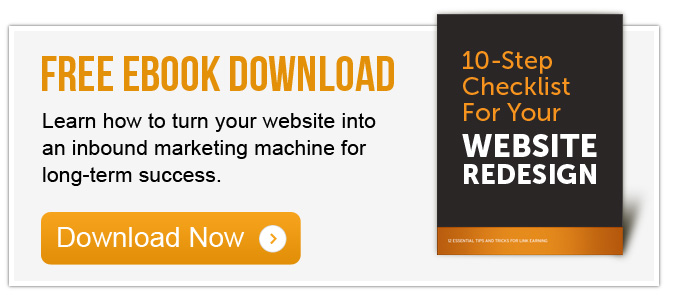 Insurance agents have a lot of options for getting new leads, from cold-calling to trade events, and paying for traditional advertising. The disadvantage of those methods (aside from time and cost) is that you are reaching a broad group, not necessarily people who are looking for what you offer. This is why the information you can obtain from your website is so valuable - these are visitors who are searching for information about the exact products and services that you offer.
Insurance agents have a lot of options for getting new leads, from cold-calling to trade events, and paying for traditional advertising. The disadvantage of those methods (aside from time and cost) is that you are reaching a broad group, not necessarily people who are looking for what you offer. This is why the information you can obtain from your website is so valuable - these are visitors who are searching for information about the exact products and services that you offer.
If you want to get even more high-quality leads from your website, you need to keep content fresh and relevant for your visitors. When modifying your site, you have almost infinite options for what you can include, and how you can display it. Wouldn’t it be great if there was a way to know exactly which choices would work the best? This is called data-driven design.
Warm Up Your Website Performance With Heatmaps
Heat maps show a user’s actions when they come to your site. You can see where they spend time, what they click on, and how far down they scroll. Created using click-tracking software, heatmaps record and graphically display where and for how long viewers use their mouse on your site. They can even show you the content a user hovers over. A heatmap gives you the same information that a focus group would, but it’s faster, cheaper, and gives you huge amounts of objective data.
Using heatmaps takes the guesswork out of updating your site - you will know which aspects of your site attract and convert customers, and which get passed over or ignored. For example, have your online sales unexpectedly dropped off or are you not converting on a call to action positioned on a specific web page? With the data provided by heatmaps, marketers can make design and content improvements based on what you know, rather than what you think. Learn how data driven design and the use of Hotjar heatmaps helped one insurance company boost website traffic by 84% here.
Not sure where to start? Here are the top 3 ways that insurance agents can use heat maps to get more leads from their websites:
1. Eliminate Distractions: You might be excited about everything that you offer, but make sure that your site layout does not distract your visitors from reaching their goal, whether it is asking you for a quote or downloading a report. Distraction and confusion is evident in a heatmap when your visitor’s cursor activity is spread out everywhere on your page, instead of landing on your most important elements and calls to action. Which distractions should you eliminate? Look for a lot of activity on small sections of your page that are pulling away from the information that should receive the greatest focus.
2. Add Missing Information: Are your prospects searching for information that is missing from your page? To get an answer to this question, look at your heatmaps for a lot of movement, clicks or taps, or quick scrolling to the end of a page - this means that a user scanned through your site without finding the information they needed.If you think additional information should be added, ask your current customers what is hard to find or even missing from your page. Were the missing elements barriers to making a purchase or contacting you?
3. Improve the Placement of Your Call-To-Action: Heatmaps can identify which parts of your site people see first and spend the most time on. Make sure that you place your compelling, conversion-focused text and calls-to-action in these areas of high-value real estate. In addition, think about the last part of your site that visitors see. When they get to the end of a page or blog post, is it a dead end? Make sure that you add a relevant call-to-action or a link to another piece of content in order to keep your visitors engaged.
Heat maps are a great way to see your site through your customer’s eyes. The data that you get from these amazing tools can be used to focus your resources on changes that will increase your number of qualified leads - no cold calling required.





